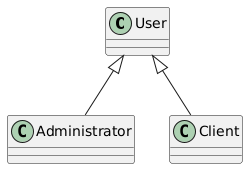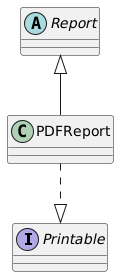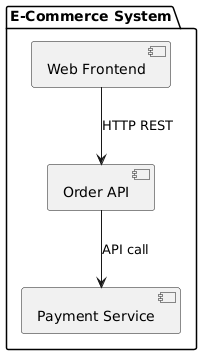UML Diagrams MCQs Questions With Answers – Part 27
Test your knowledge and boost your confidence with these multiple-choice quizzes focused on UML diagrams, foundational software engineering concepts, and real-world best practices. Designed for students, developers, and exam candidates, these MCQs offer a quick and effective way to assess your understanding and sharpen your skills.
1. In a component diagram, a connector is used to:
A Specify the physical location of an artifact
B Connect two compatible ports between components
C Manage asynchronous messages
D Define access rights to a package
2. Which visibility in UML corresponds to limited access within the same package?
A + (public)
B # (protected)
C ~ (package)
D – (private)
3. Which UML diagram allows you to show the logical structure of a software system with its components (database, API, etc.)?
A Component diagram
B Class diagram
C Activity diagram
D Use case diagram
4. What is a reflexive association in UML?
A An association between two abstract classes
B A class associated with itself
C An association between two interfaces
D A dependency between two packages of the same name
5. Which multiplicity indicates at least one occurrence, with no upper limit?
A 0..1
B 1
C *
D 1..*
6. What does this diagram mean?

A Administrator and Client are subclasses of User
B User is an interface
C Administrator is an instance of User
D It is a composition
7. What does the / before total mean?

A The attribute is hidden
B It is a static method
C It is a private attribute
D It is a derived attribute, calculated from others
8. What is the correct interpretation of *?

A One student per group
B The multiplicity is optional
C Unbounded multiplicity (0 to n students)
D The association is abstract
9. What can we deduce from this?

A ReportPDF inherits from an abstract class and implements an interface
B ReportPDF cannot be instantiated
C Printable inherits from ReportPDF
D UML does not allow this
10. What happens in this diagram?

A Cat hides the method of Animal
B There is an error because the signatures are identical
C Cat overrides the method speak()
D Cat overloads speak() with a different return type






